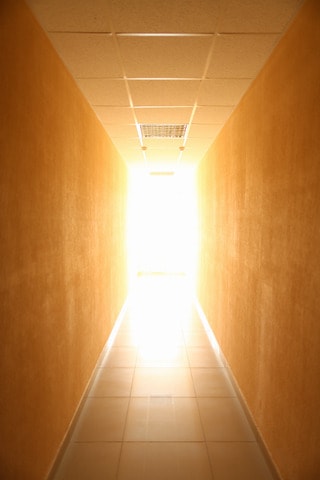Reincarnation and rebirth quotations
«I adopted the theory of reincarnation when I was 26. Genius is experience. Some think to seem that it is a gift or talent, but it is the fruit of long experience in many lives.» (Henry Ford)
«I believe in an immortal soul. Science has proved that nothing disintegrates into nothingness. Life and soul, therefore, cannot disintegrate into nothingness, and so are immortal.» (Werner von Braun)


